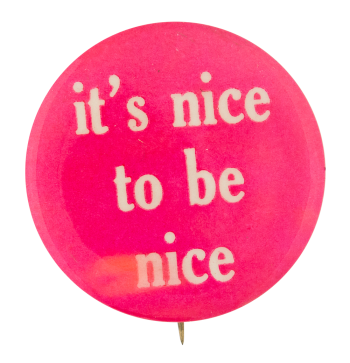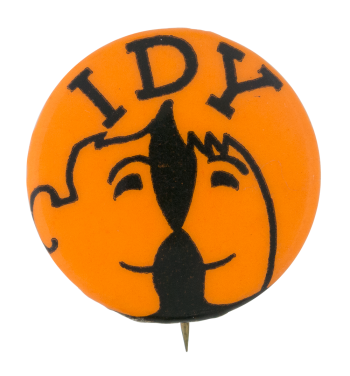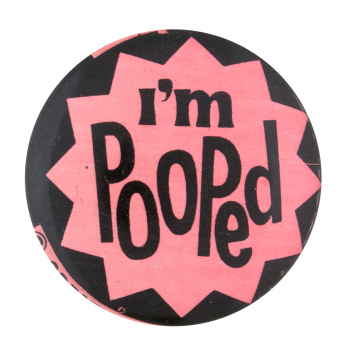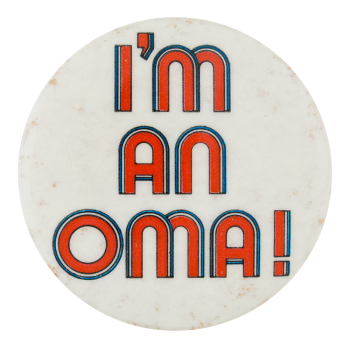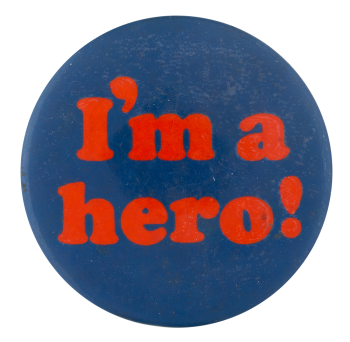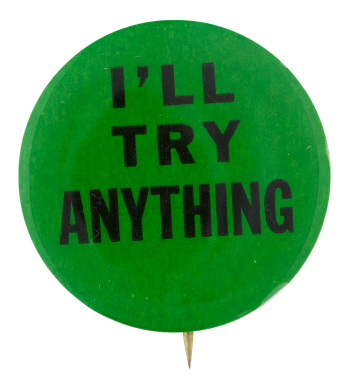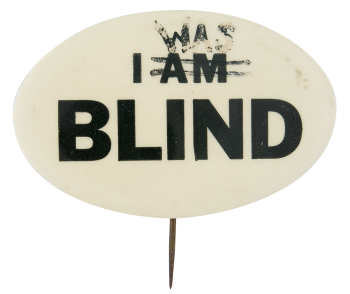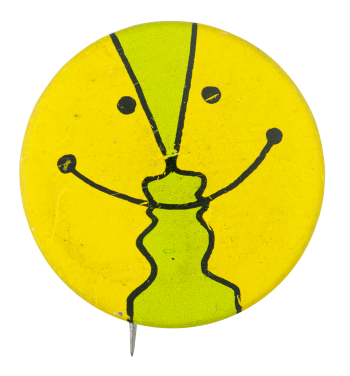It's Nice to be Nice
| Category | |
|---|---|
| Additional Images | |
| Text on Button | it's nice to be nice |
| Image Description | Pink background with white text |
| Back Style | |
| The Shape | |
| The Size | |
| Additional Information | “It’s nice to be nice” is a quote most famously stated by Major Frank Burns on the hit television series M*A*S*H, which ran from 1972 to 1983. He was a key antagonist in the show who demonstrated bitterness toward other medical professionals for their better training. Though Burns’ notable line was said for comic effect, the phrase today is all about spreading positivity. It encourages people to be kind and show generosity. |
| Sources |
Hooker, R. (1968). M*A*S*H: A novel about three army doctors. New York: Pocket Books. It's nice to be nice to the nice [Video]. (2016, September 24). YouTube. https://www.youtube.com/watch?v=_w02yrvWeAM |
| Catalog ID | IB0286 |

